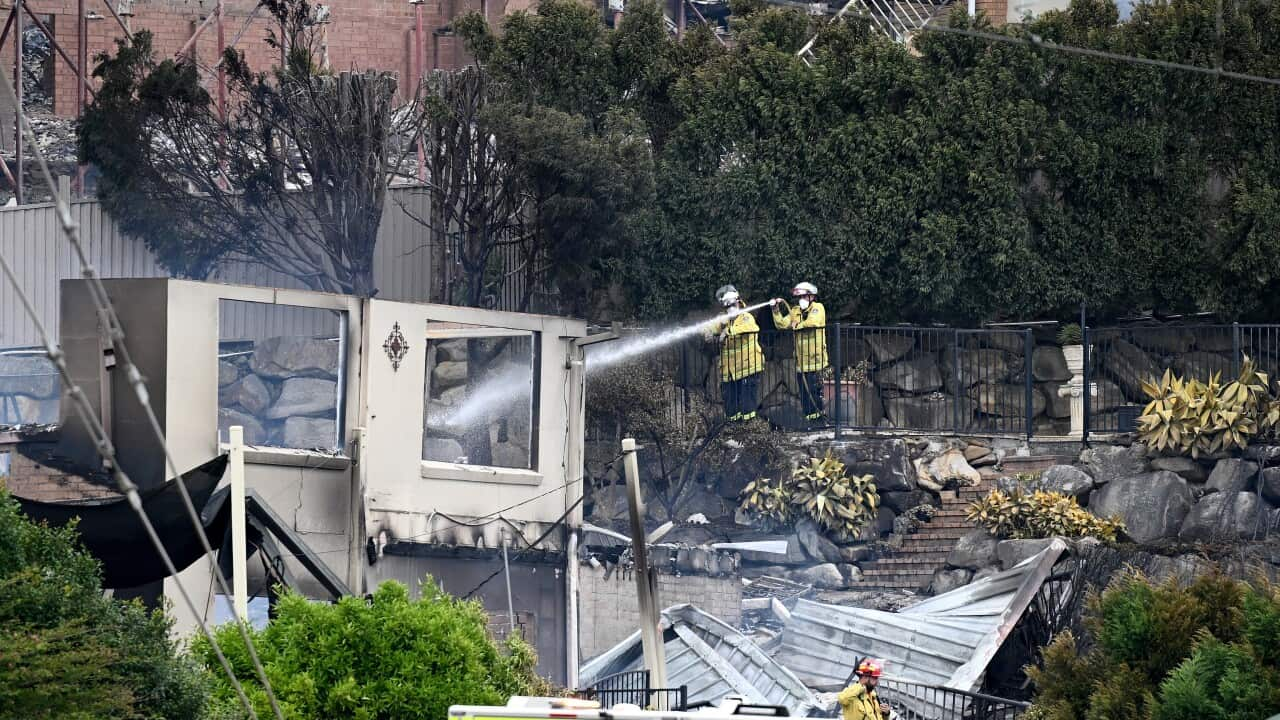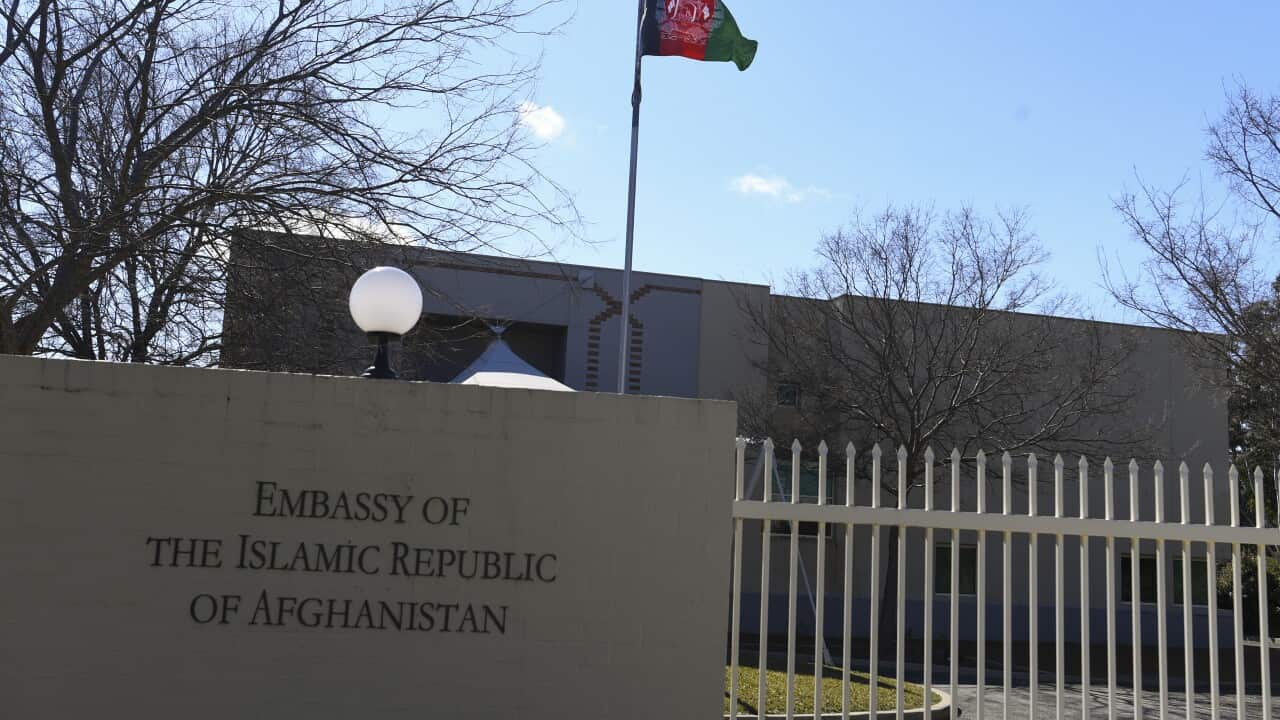रेड क्रॉस अन्तराष्ट्रीयए समुदाय से अपील कर रहा है की प्रकृतिक आपदाओं जैसे की हाल ही में ऑस्ट्रेलिया में आये तूफ़ान और अमेरिका में आया Hurricane Matthew से लड़ने के नज़रिये में बदलाव लाने की आव्यशकता है.
वर्ल्ड डिसास्टर्स रिपोर्ट को लोगों के सामने रखते हुए रेड क्रॉस ने कहा की हमारा ध्यान पलटाव और निरोध की तरफ़ होना चाहिय्हे न की सफाई और स्तिथि की बहाली की ओर.
इस रिपोर्ट के अनुसार पिछले वर्ष विशंभर में ३२००० से भी ज्यादा लोग मारे गए, जिसमे १६ ऑस्ट्रेलियावासी शामिल थे, और लगभग १०८ मिलियन लोग प्राकृतिक आपदाओं से ग्रस्त हुए.
रेड क्रॉस का कहना है की प्राकृतिक आपदाएं अब और भी बड़ी और बारंबार होती जा रही है.
उसके अनुसार इसका कारण जलवायु परिवर्तन और लोगों का खतरनाक इलाकों में रहना है.
रेड क्रॉस सरकारों, व्यवसायों, स्ताहनीये समुदायों और मानव अधिकार संघटनों से आपदाओं से निपटने के लिये साथ मिलकर काम करने की अपील कर रहा हैताकि पीड़ित लोग जल्द से जल्द अपने पैरों पर फिर से खड़े हो सकें.
ऑस्ट्रेलियाई रेड क्रॉस आपातकाल सुविधा के अध्यक्ष Noel Clement के अनुसार आपदा के जोखिम को कम करने में निवेश करने से पैसे और जान-माल दोनों का ही बचाव होगा - "That's investing more upfront to save billions of dollars and the impact on lives after a disaster. There's great evidence in this report, and a series of other reports, that every dollar invested in disaster-risk reduction actually saves about $10 in recovery. So we believe it's time to reshift that balance."
इस रिपोर्ट से पता चला की २०१५ के दौरान ५७४ आपदाएं घटी इनमे नेपाल में हुए दो भूकंप भी शामिल थे जिसमे ९००० लोगों की जान चली गयी
भूकंप, बाढ़, भूस्ख़लन, और गर्मी की लहर जैसी आपदाओं से लदने का कुल खर्च ९२ बिलियन डॉलर है.
एशिया पसिफ़िक क्षेत्र में सबसे ज्यादा त्रासदियां हुई जिसे विश्व की कुल आपदाओं का ४३ प्रतिशत बतया जा रहा है.
इसमें पांच में से तीन आपदाएं तो जान-माल को शती पहुचाने वाली थी.
Noel Clement के अनुसार रेड क्रॉस प्राथमिक रूप से आपदा के बाद सबसे पहले पहुंचने वाले संघटन के रूप में कार्यरत है पर अब वह ज्यादा बल तैयारी और तत्परता की ओर केंद्रित करना चाहता है - "We're a humanitarian organisation. Our focus is on the impact of these things on people. Absolutely, our efforts go to how we can support people in their recovery, and we will continue to do that. What we are saying is that we would rather shift our focus to more of that preparedness work so that communities are less impacted by that disaster and we're not just spending all of our efforts at the end."
ऑस्ट्रेलिया में ८००० से भी ज्यादा लोग प्राकृतिक आपदाओं का शिकार हो चुकाएं हैं इनमे एडिलेड हिल्स की सम्प्सों फ्लैट बुशफिर शामिल है
१९८३ की ऐश वेडनेसडे ब्लेज़ के बाद से साउथ ऑस्ट्रेलिया में तबाही मचाने वाली यह सबसे गंभीर आग थी
तीन वर्ष पहले Tracey Pannell का घर Tasmania में लगी बुश फायर में तबाह हो गया था
Tracey ने ABC- को बतया हालाँकि वह और उनके पति काफी हद तक अपनी बाकि संपत्ति की रक्षा कर पाए लेकिन उनके अनुसार इस स्तिथि को पूर्ण रूप से टाला या जल्द काबू पाया जा सकता था - "I think, until you are actually faced with it, you actually don't think about. It's no different to anything in life. We're all busy, and we don't think it will happen to us. And once it does, it's just a reminder, and you will never forget to be prepared."
Queensland University of Technology के School of Business में वरिष्ठ लेक्चरर के रूप में कार्यरत Dr Amisha Mehta का शोध आपदा के दौरान संचार को प्रभावकारी बनाने पर केंद्रित है.
उनके अनुसार ऑस्ट्रेलिया का आपदा प्रबंधन क्षेत्र निर्देश की अभिव्यक्ति में काफी सफल है परन्तु इसमें भी सुधार की गुंजाईश है - "One of the challenges is that there are multiple sources of information, of knowledge, from the Bureau of Meteorology to specific emergency-management agencies, and the community research we have done is that communities really want to hear information from one source and consistently. So the challenge is, 'The information is there, but what is the best way to get it to the community so they can respond?'"
रेड क्रॉस के Noel Clement मानते हैं की भवन-निर्माण, नगर नियोजन और आधारभूत सुविधाओं से जुड़े कानूनों में सुधार से ही भविष्य में उत्पन्न होने वाले खतरों में कमी आएगी - "We're very keen to work with all parties, really, to understand how we can do this differently. We believe that governments across Australia also want to be able to do things differently, so it's about imagining different approaches to managing natural disaster, and we stand ready to play our part."




